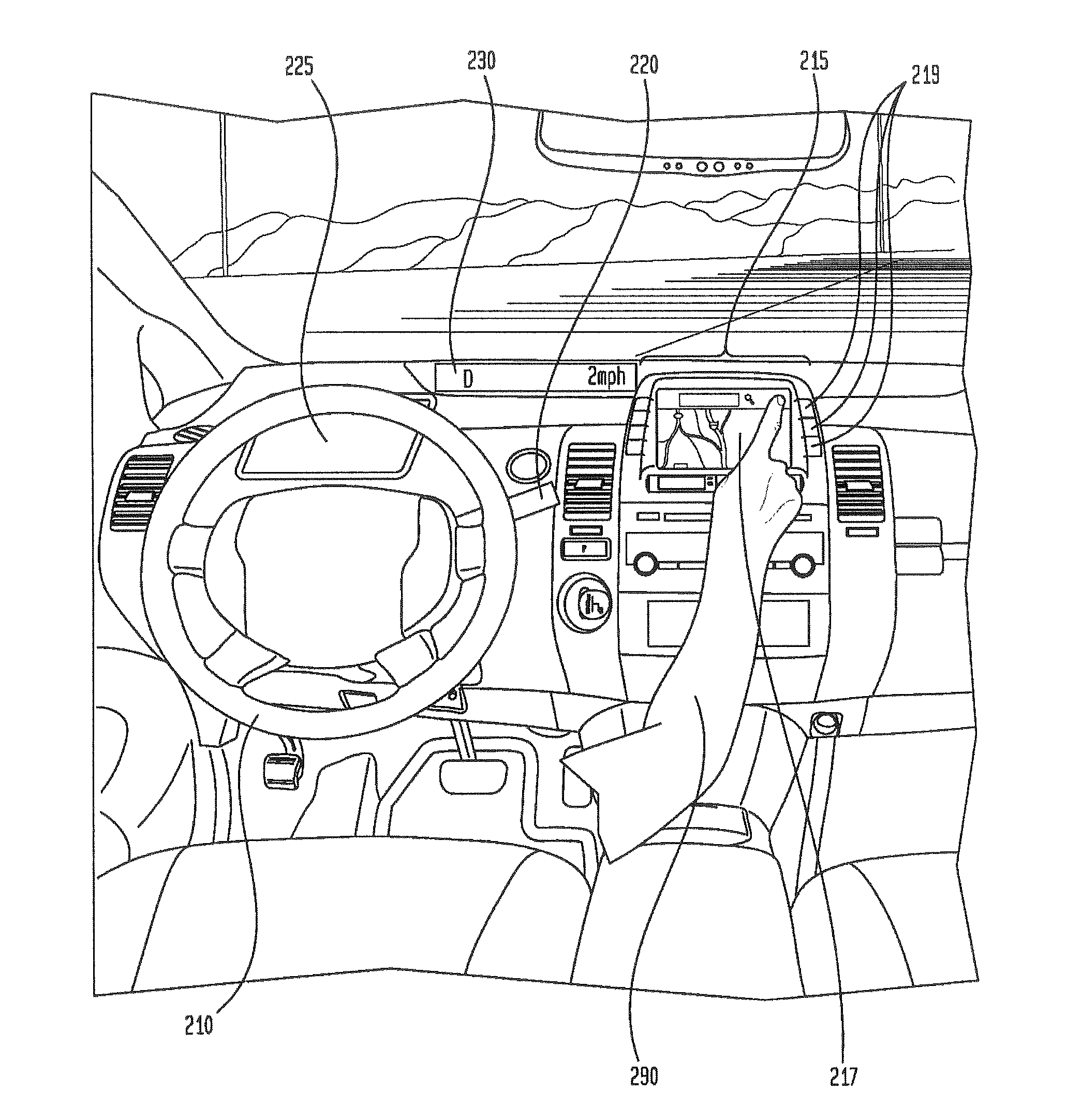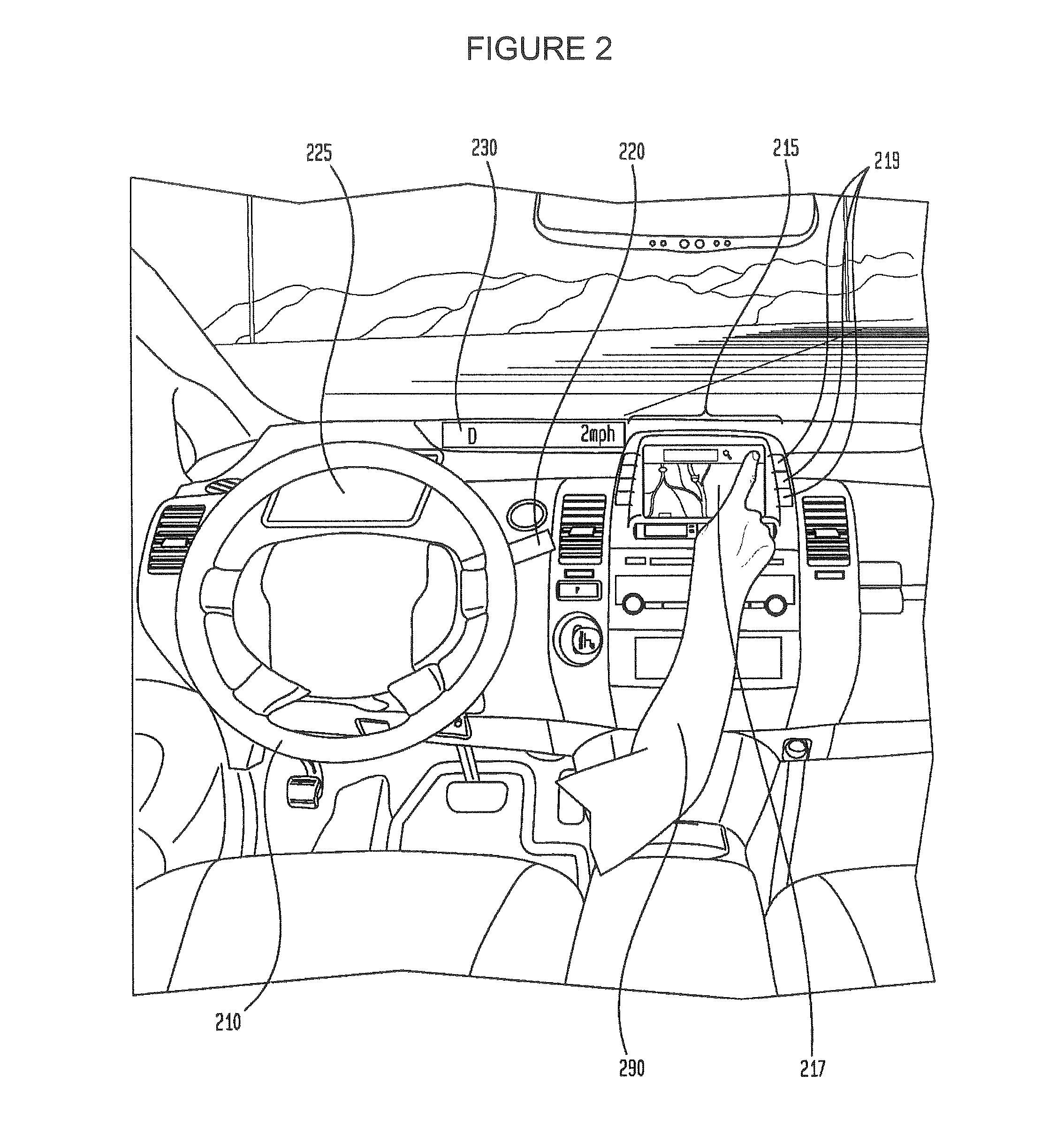Detecting driver grip on steering wheel
a technology for steering wheel and driver, applied in the direction of steering linkage, electrical steering, transportation and packaging, etc., can solve problems such as unsafe autonomous components, and achieve the effect of increasing the determination accuracy and increasing the determination accuracy
- Summary
- Abstract
- Description
- Claims
- Application Information
AI Technical Summary
Benefits of technology
Problems solved by technology
Method used
Image
Examples
Embodiment Construction
[0022]The disclosure relates generally to determining whether and by what degree a driver is gripping a steering wheel. In one aspect, in order to measure the driver's grip, a computer may send an electrically assisted power steering system (EPS) motor an excitation command to move the steering wheel. The EPS system may receive this information at the EPS motor, and the EPS motor may respond by moving, for example oscillating, a flexible coupling between the steering wheel and the EPS motor. The movement of the flexible coupling may also cause a corresponding an excitation movement at the steering wheel.
[0023]A torque sensor may generate pattern data by monitoring the flexible coupling between the EPS motor and the steering wheel. The EPS motor may also generate system position data for the excitation motion of the steering system. The pattern data and the system position data may be sent by the EPS motor and received by the computer. The computer may then compare the system positio...
PUM
 Login to View More
Login to View More Abstract
Description
Claims
Application Information
 Login to View More
Login to View More - R&D
- Intellectual Property
- Life Sciences
- Materials
- Tech Scout
- Unparalleled Data Quality
- Higher Quality Content
- 60% Fewer Hallucinations
Browse by: Latest US Patents, China's latest patents, Technical Efficacy Thesaurus, Application Domain, Technology Topic, Popular Technical Reports.
© 2025 PatSnap. All rights reserved.Legal|Privacy policy|Modern Slavery Act Transparency Statement|Sitemap|About US| Contact US: help@patsnap.com



